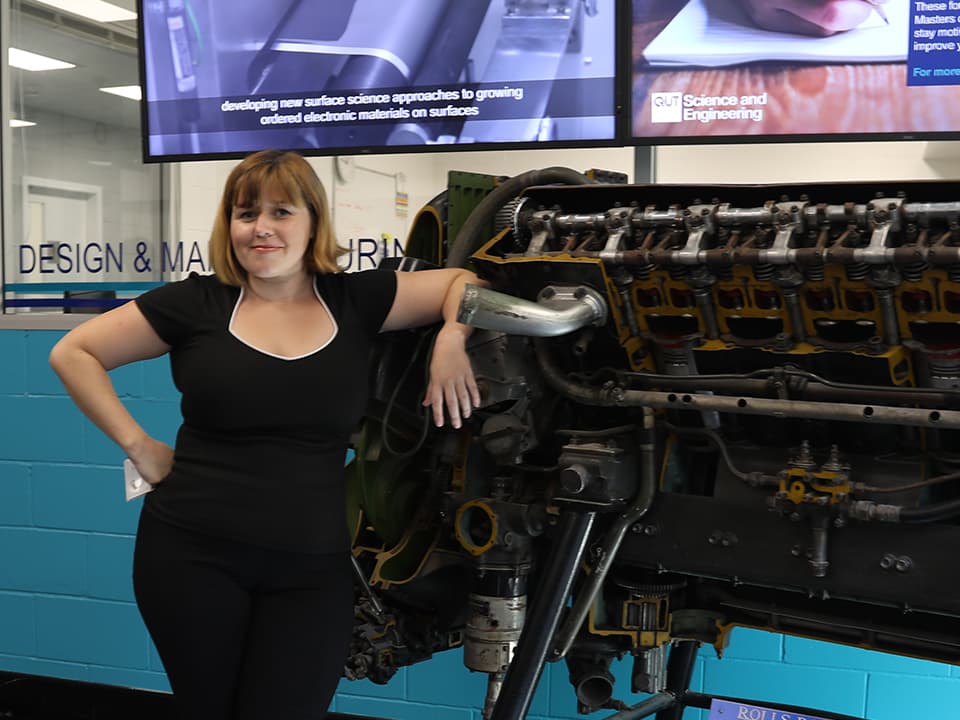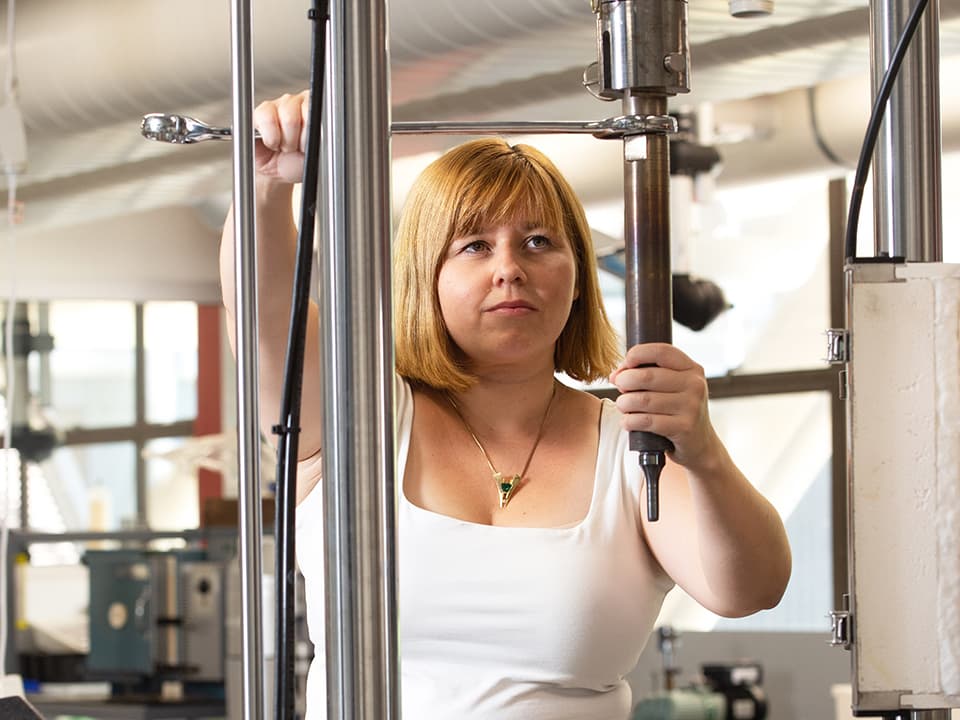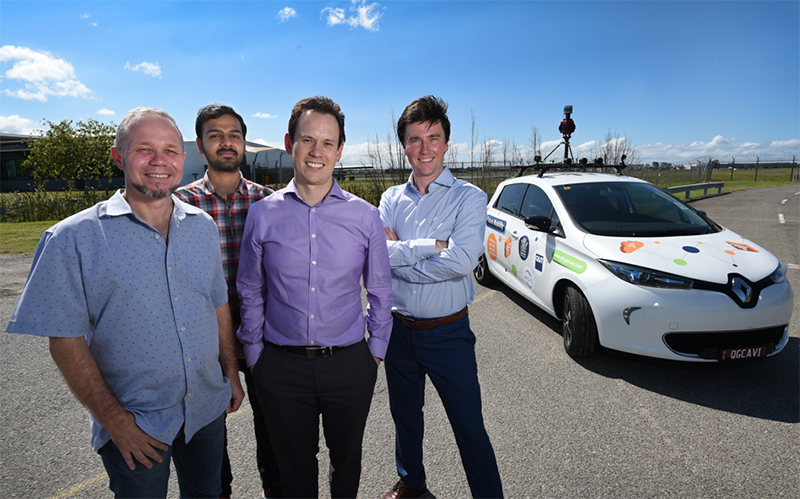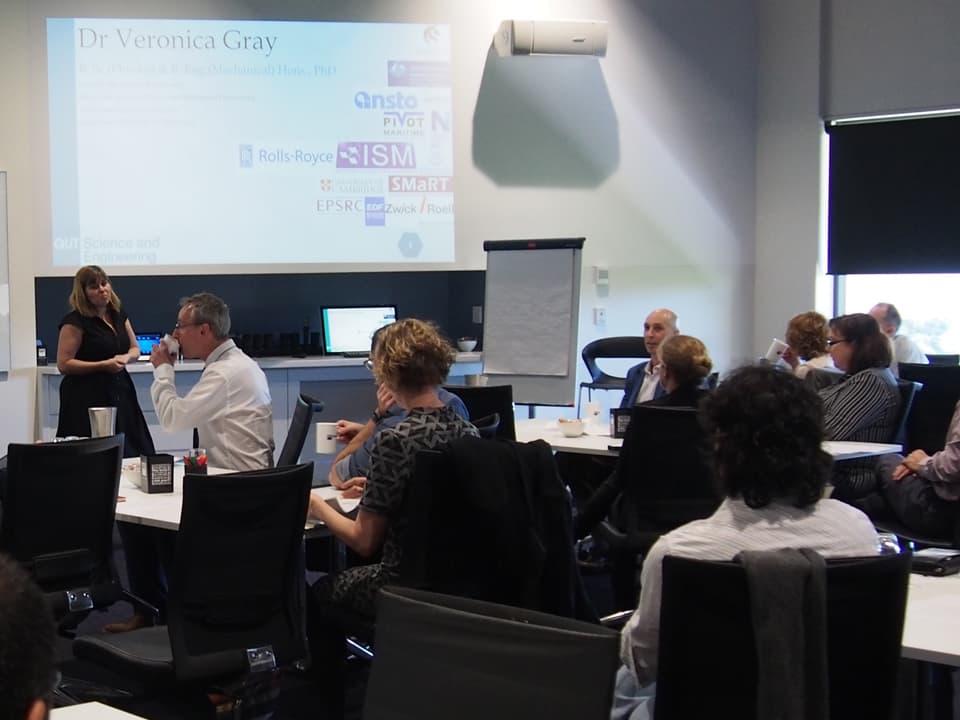'Things only break because the bonds that hold the atoms together fail. I figure out when, why and how things break, so we can push that breaking point further to better handle extremes.'


The spark
'I am a mechanical engineer and a physicist. I love the fact that a jet engine breaks because the atomic bonds break. I am fascinated by that link between the very big and the very small. I like doing neutron scattering - measuring things so small you can’t see them. I also love the sound and feel of a chunk of metal breaking.'
Research aim
'My research focuses on what happens when things are not continuous or stable. What happens when you turn things on and off? What happens when you make it run faster, then slower? We don’t have a great understanding of what impact this has on when things break, and yet most emerging technology operates on demand.'


Real-world implications
'When we use plants or machines, we bet our lives on the relationship between atoms. I work to build and understand those relationships. I work on power plants where I need to predict the breaking point more than 20 years into the future, and jet engines where we push the stress and temperature to the absolute limits.
'I want to find out how we can push our designs and what materials to make them out of, which will tell us if the technology is viable in terms of cost, life, and safety. My research is critical to making sure these technologies can do the job and last.'
The challenge
'One of my biggest challenges is to understand the difference between constant operation and non-constant operation in terms of material creep and fatigue. This is incredibly important because many of our future technologies will operate on demand to increase efficiency, rather than operating constantly like a power plant currently does.'


Teaching
'Training the next generation means training people who may come up with the next great idea or understanding. It is about nurturing potential and creativity, and also creating great female engineers who will survive and thrive in a male dominated profession.'
Key achievements
- Developed the Gray-Whittaker Equation of Creep.
- Worked with Rolls Royce on the mechanical properties of new aerospace materials.
- The only person alive - and the third person ever - to conduct an experiment measuring single crystal elastic tensors from an oriented polycrystalline sample using inelastic coherent neutron scattering.
Key collaborators
'Collaboration provides new challenges and perspectives. It also lets me know exactly what is missing and what needs to be investigated.'
- Royal Australian Army
- EDF
- Solar Turbines
- Lava Blue
- Swansea University
- Rolls Royce University Technology Centre
Key publications
Veronica Gray, Mark Whittaker: Development and Assessment of a New Empirical Model for Predicting Full Creep Curves. Materials 07/2015; 8(7):4582-4592. DOI: 10.3390/ma8074582
Veronica Gray, Mark Whittaker, A Discussion of Non-Constant Creep Activation Energy. Journal of Material Sciences and Engineering, 6(5)/2017. DOI:10.4172/2169-0022.1000372
Veronica Gray, Erich H. Kisi, Oliver Kirstein, Anton P.J. Stampfl: Elastic Constants of Polycrystalline Ti3SiC2 and Ti3AlC2 measured using coherent neutron scattering. Journal of the American Ceramic Society 11/2016. DOI:10.1111/jace.14600
Centre for Materials Science
The QUT Centre for Materials Science provides a collaborative environment for curiosity-driven materials research and innovation.



